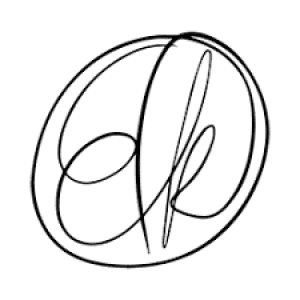
I didn’t get around to writing an Editor’s Letter last month. I’m usually not at a loss for words. If anything, I’m the opposite: Full of opinion, full of interest in putting an idea or thought into the world. I couldn’t commit to a topic that jumped out at me and compelled me to write. Into the new month, I actually assessed why I wasn’t able to make a decision. I think we often struggle with making decisions in everyday life because of a gluttony of choice. What to eat? What to watch? Where to go? Everything seems to be available to us. Convenience and opportunity are things we’re not exactly short on, in a modern first world landscape where “decision fatigue” and “paralysis by analysis” are some of its flagship problems.
I’ve generally approached decisions in a very objective approach. What would yield the best result? But recently, it’s seemed a lot more different. I’ve maintained a certain level of emotional resonance to certain topics and it’s been a guiding light for me. The days of eschewing emotion for efficiency is oddly something I’ve grown increasingly disinterested in. Efficiency destroys passion as we see around us. Neoliberalism is a great example of how we’ve aimed to distill everything to numbers. Humans for all their flaws, don’t always operate under these binary decisions.
But before I dive in and make decisions focused on passion, there’s a difference between running a creative business and being an artist. Naturally, we’re inclined to operate as the former, hoping to create meaningful things and find a way to sustain ourselves. As much as creatives have gotten a bad rap for continually having their heads in the clouds, there are methods in which we can embrace structured thinking with emotionally-led creativity. Creating systems that work for you are an important way to put structure around a process that can be applied in an ongoing fashion. Systems themselves develop as trends appear. If you recognize that you’re needing to bill somebody on the regular, what’s the workflow for it? If you recognize that you’re in a creative rut, what previous tools or tricks enabled you to move past it?
A simple way of looking at systematic thinking is through a decision tree. It might sound a bit unnatural, but the very process of thinking it through goes a long way in making better and quicker decisions… That is more efficient. In this sense, efficiency simply frees you up to apply yourself to things you’re passionate about and require more creative thinking.
Brands make seemingly difficult situations with ease because values define their existence. In many ways, humans can embody a systematic way of approaching how they want to interact with the world. It’s a varied way of thinking that also doesn’t need to be forever crystallized. We grow and change as people and our thought process behind what’s important to us inevitably changes. There’s a part of us that thinks we know it all, and then real life smacks us in the face and we retreat. We hopefully reemerge with a newfound understanding that continuity and excitement are a life-long moment that sometimes involves requires a continual reassessment of what works and what doesn’t.
There will never be a point in time where we can look around us and be inherently problem-less. Thinking about how you want to tackle them brings a sense of clarity and direction to get you going.
Signing off for the month,

Eugene Kan
Editor-in-Chief
























